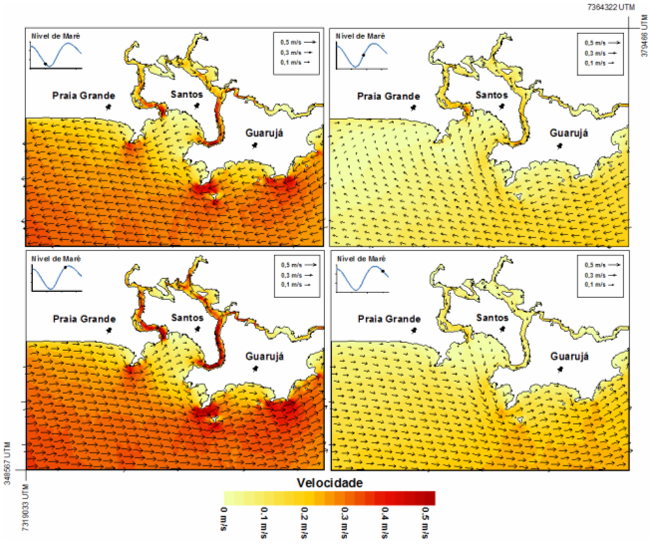Removal of nitrogen and phosphorus from wastewater in a constructed wetland system using vetiver grass
Keywords:
total phosphorus, ammonia, root zone system
Abstract
This study aimed to evaluate the Vetiver grass (Vetiveria zizanioides L. Nash) efficiency in removing nitrogen and phosphorus from the wastewater in a constructed wetlands treatment system. The experimental unit had twelve treatment modules, filled with layers of substrate. From the bottom to the surface, the following materials were placed: 0.15 m of gravel # 3; 0.10 m of gravel # 1; 0.20 m of washed sand and 0.05 m of gravel # 1. Inside the modules, the wastewater was maintained at 0.05 m or 0.25 m below the substrate surface, resulting in hydraulic retention times of 3.4 days and 1.9 days, respectively. The influent wastewater was captured in the entrance of a facultative pond, and it was applied to the surface of each treatment module, automatically, on a surface application rate of 51 L.m-2.d-1. The sewage percolated vertically in the system, in a sub-surface flow downward until it was captured in a drain pipe at the bottom of the module. The wastewater concentrations of total phosphorus and ammonium were analyzed before and after passing through the treatment modules. Evapotranspiration rates were measured and the efficiencies in removing the contaminant load were calculated. The results were submitted to F and Tukey tests, at 5% of probability. Treatment with the presence of the plant and sewage at 0.05 m from the surface had higher efficiency in the removal of nutrients reaching 90.5% of phosphorus removal and 93.9% for ammonia.
Published
26/12/2012
Issue
Section
Papers
Authors maintain the copyrights for their work. However, they grant rights of first publication to Ambiente e Agua - An Interdisciplinary Journal of Applied Science. In compensation, the journal can transfer the copyrights, allowing non-commercial use of the article including the right of sending the article to other data bases or publication media. The journal uses the CC BY 4.0 license"






